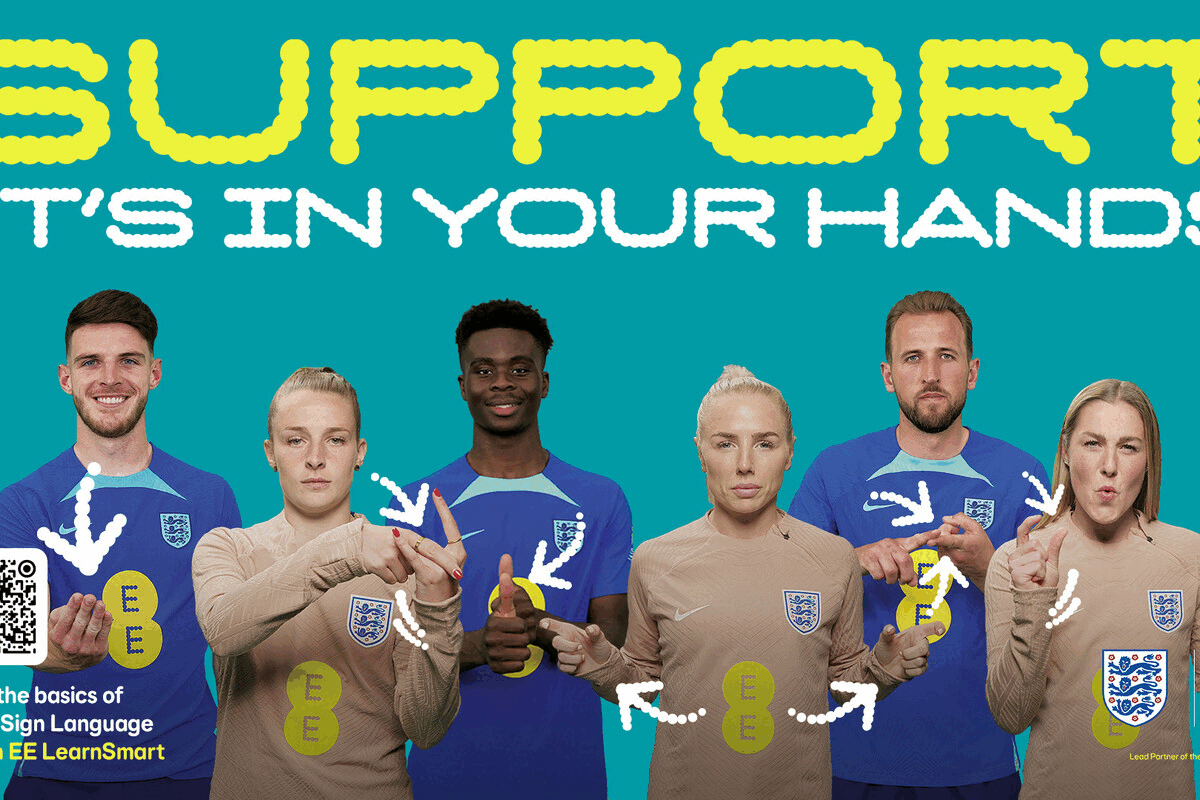Scrapped Disney Mobile Service Highlights Youth Marketing Challenge
- Saturday, August 19th, 2006
- Share this article:
The decision by Disney to scrap plans for a UK mobile phone service aimed at children highlights the challenges faced by anyone hoping to offer mobile marketing services for under 16s. Disneys official line is that it has indefinitely postponed plans for a service and cites an adverse retail environment as the reason behind its decision. Earlier this year, Disney announced plans to launch a mobile virtual network (MVNO) using the O2 network. The family-centred service, which offers lots of Disney content, has been launched in the US and includes a tracking system which enables parents to use GPS technology to keep tabs of their childs location.
But even before Disney announced it plans, it ran into controversy. Back in February, the All-Party Parliamentary Group on Mobile Communications called for legislation to prevent mobile phone companies from launching services aimed at children. On hearing of Disneys plans, Ed Mayo, chief executive of the National Consumer Council (NCC), commented that: “There is no way that cartoon content on mobile phones can be spun as giving parents control. This is about marketing phones to children.
Disney also faced challenges regarding government mobile phone safety advice, which recommends that children under the age of 16 should only use mobile phones for essential calls. Its also believed that the Data Protection Act would have made it hard for Disneys tracking service to be used in the UK, unless children consented to it.
The news follows a report published by the NCC, The Shopping Generation, which found that many young people feel they are treated like second-class citizens by companies and advertisers, even though in the UK, the 10-19-year old age group represents a 30 billion-a-year commercial market. Todays children live in a fast-paced, highly commercialised world where they are relentlessly targeted by companies and advertisers who seem to operate with the ethics of the playground bully said Mayo.
NCCs survey, which included focus groups and interviews with 1,000 young people aged 11-19 (who kept diaries) found five key areas of concern. These were:
Commercial overload children said they were exposed to a persistent stream of marketing activity, believing that people are trying to sell to them almost constantly. Some felt that becoming a shopaholic was one outcome of this pressure, with child shopaholics seen as always wanting something new and wanting things they didnt need.
Intrusive and inappropriate advertising young people said that companies often resort to intrusive ways to sell to them, making them feel uncomfortable, pressurised and stressed.
The aspiration gap the children who have the least, want the most. This aspiration gap is most marked in the most disadvantaged households. Although all children knew what they wanted, with more than half considering the brand name important.
Pressure to consume commercial marketing often positions itself between parents and children, aligning the marketer with the child through the use of peer and viral marketing or the increasing use of product placements embedded in video games. Childrens vulnerabilities are played on as advertisers sell images of perfection and increase the pressure to have the latest in vogue fashion and gadgets.
Ripped off, put down 7 out of 10 teenagers felt they had been ripped off when shopping. They reported that they felt they were paying over the odds for goods, that offers and special deals were often too good to be true and the false expectations set by advertising made them feel let down by what they got. Other children felt that they were treated as second-class citizens that shop staff ignored them or looked on them with suspicion assuming that they didnt have money to spend or that they were likely to shoplift.
The children drew up a 4-point agenda for companies as a response to these concerns:
Be honest and upfront about products and services.
Treat young people with respect and take them seriously.
Curb the use of inappropriate advertising aimed at younger people.
Put tighter controls on advertising for products that are bad for young people.
















